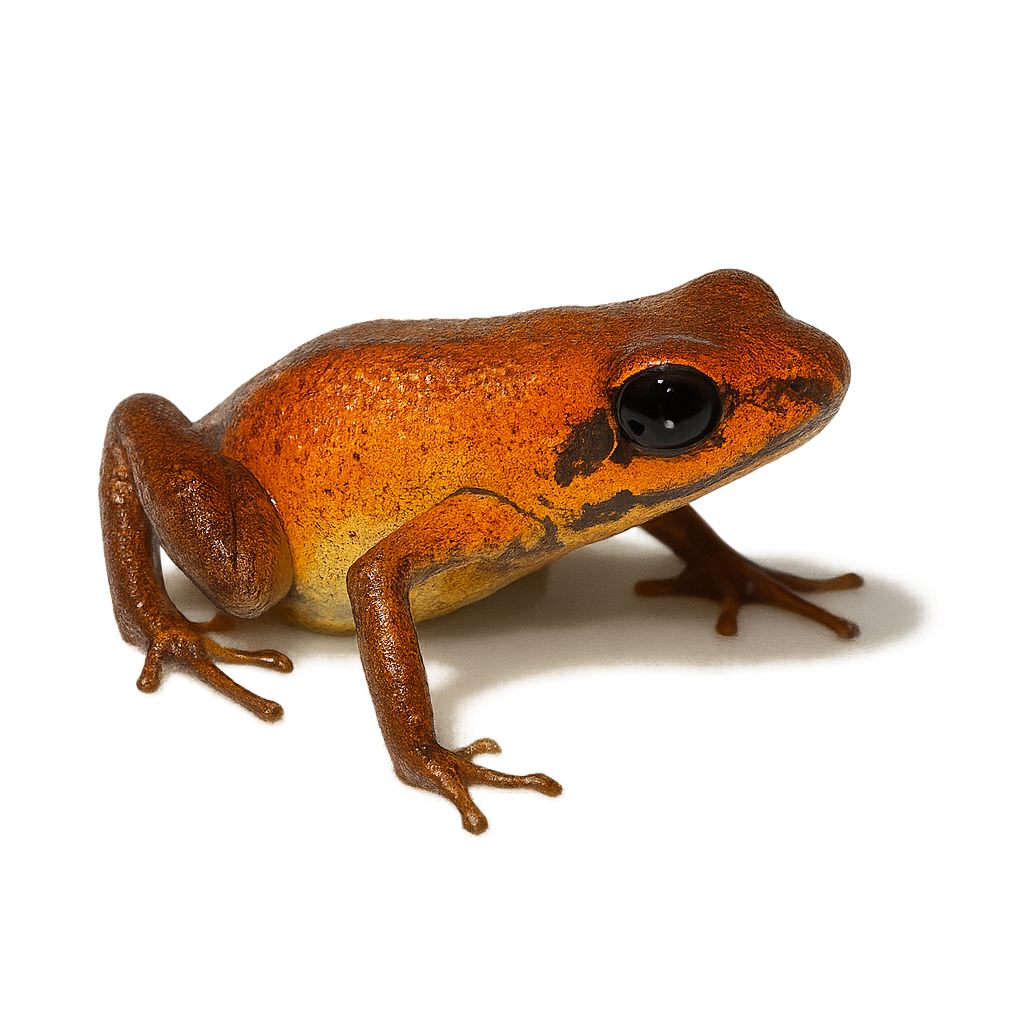Your wildlife photography guide.
Explore the gemini's dart frog in detail, study its behavior, prepare your shots.
Where to observe and photograph the gemini's dart frog in the wild
Learn where and when to spot the gemini's dart frog in the wild, how to identify the species based on distinctive features, and what natural environments it inhabits. The WildlifePhotographer app offers tailored photography tips that reflect the gemini's dart frog’s behavior, helping you capture better wildlife images. Explore the full species profile for key information including description, habitat, active periods, and approach techniques.
Geminis’ dart frog
Scientific name: Andinobates geminisae

IUCN Status: Vulnerable
Family: DENDROBATIDAE
Group: Amphibians
Sensitivity to human approach: Suspicious
Minimum approach distance: 2 m
Reproduction period: December to January
Incubation: 10–14 jours
Births: January to February
Habitat:
Tropical rainforests, leaf litter, moist areas
Activity period :
Primarily active during the day, with peak activity in the morning and late afternoon.
Identification and description:
The Geminis’ dart frog, Andinobates geminisae, is a small, brightly colored frog native to the humid rainforests of Panama. Recently discovered, it is distinguished by its vivid orange color and small size, measuring about 1.5 cm. This species primarily inhabits leaf litter and moist forest areas, feeding on small invertebrates. Like other poison frogs, it is known for its toxic skin, a defense against predators. Reproduction involves laying eggs in moist spots, with notable parental care where adults transport tadpoles to water bodies. This species is currently classified as vulnerable due to habitat loss and collection for the pet trade.
Recommended lens:
Macro – adjust based on distance, desired framing (portrait or habitat), and approach conditions.
Photography tips:
To photograph the Geminis’ dart frog, it's essential to approach slowly and remain discreet to avoid startling it. Use a macro lens to capture the details of its colorful skin. Natural morning or afternoon light is ideal to avoid harsh shadows. Be patient and wait for the frog to move naturally to get dynamic shots. Avoid using flash, as it may disturb the animal.
The WildlifePhotographer App is coming soon!
Be the first to explore the best nature spots, track rutting seasons, log your observations, and observe more wildlife.
Already 1 432 wildlife lovers subscribed worldwide

